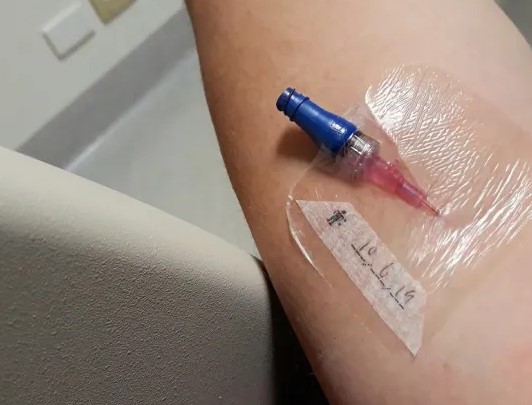As advances in medicine continue to revolutionize the healthcare industry, the importance of understanding the differences between IV infusion and bolus IV administration becomes increasingly important. This blog post will explore the differences between these two IV therapies and explain why one may be better suited for certain treatments than the other. We will consider the advantages and disadvantages of each therapy and provide insight into the best practices for administering each.
We will consider the advantages and disadvantages of each therapy and provide insight into the best practices for administering each.
Overview of iv infusion

IV infusion is a method of administering medication or nutrients directly into the bloodstream through an intravenous line or catheter. This type of delivery allows for a slow, steady release of the medication or nutrient over an extended period of time. In contrast, an IV bolus is a single dose of medication or nutrient that is quickly injected into the bloodstream in one go.
In contrast, an IV bolus is a single dose of medication or nutrient that is quickly injected into the bloodstream in one go. Both methods of delivery provide the same end result, but the speed and duration of delivery are different. IV infusion is often used for larger doses that need to be released over a longer period of time, while IV bolus is typically used for smaller, more immediate doses.
Overview of iv bolus

Intravenous (IV) infusion and IV bolus are two methods of delivering medication directly into the bloodstream. An IV infusion involves introducing medication slowly over a period of time, while an IV bolus is the injection of a large dose of medication all at once. The type of medication, patient’s condition and the desired outcome of treatment determine which method is best.
The type of medication, patient’s condition and the desired outcome of treatment determine which method is best. IV infusions are typically used for medications that need to be delivered over a long period of time, while IV boluses are used for medications that need to be rapidly absorbed. IV boluses are often used in emergency situations, such as when a patient needs immediate relief from a condition.
Both methods have advantages and disadvantages, so it is important to discuss with a doctor which one is best for a particular patient.
Key differences between iv infusion and iv bolus

IV infusion and IV bolus are two common types of intravenous drug delivery and both have their own unique advantages and disadvantages. IV infusion, also known as continuous infusion, is a method of administering medication over a period of time, typically through a drip.
This method is often used for long-term therapies, as it allows for a steady dose of medication to be delivered to the patient. IV bolus, on the other hand, is a more rapid delivery method. It involves administering a larger dose of medication in one go, which is then rapidly released into the bloodstream.
This method is often used for short-term therapies, where the effects need to be felt quickly. The key difference between the two methods is the speed of delivery, with IV bolus delivering medication faster than IV infusion.
Advantages of using both iv infusion and iv bolus
Iv infusion and iv bolus are two important methods of administering medication intravenously (IV). While they have some similarities, they differ in terms of delivery speed and the amount of medication that is administered. An IV infusion is a continuous, slow-paced method of delivering medication over an extended period of time.
This method ensures that the patient receives a steady stream of medication, which is beneficial for those with long-term health issues. An IV bolus, on the other hand, is a much faster-paced delivery method that delivers a larger dose of medication in a short amount of time.
This method is better suited for medical emergencies or when a rapid response is needed. Both IV infusion and IV bolus offer advantages, depending on the patient’s needs. By using both, a healthcare provider can ensure that the patient receives the most appropriate dose of medication in the most effective way.
By using both, a healthcare provider can ensure that the patient receives the most appropriate dose of medication in the most effective way.
Common uses of iv infusion and iv bolus
IV infusion and IV bolus are two different types of intravenous (IV) therapies. While the terms are often used interchangeably, they are quite different.
IV infusion is the slow, steady administration of a fluid or medication over a period of time, usually measured in hours. On the other hand, IV bolus is a larger, single-dose administration of a fluid or medication, usually measured in minutes. IV infusion is often used to provide fluids and medications to a patient over a longer period of time, whereas IV bolus is used for more immediate needs.
Common uses for IV infusion include providing fluids for hydration and administering antibiotics, chemotherapy, and pain medications. Common uses for IV bolus include providing fluids and medications for resuscitation, immediate pain relief, and emergency situations.
Final Touch
In conclusion, the key difference between IV infusion and IV bolus is the rate of delivery. IV infusion is the slow and steady administration of medicine over a period of time, while IV bolus is the rapid and direct administration of medicine in a single dose.

